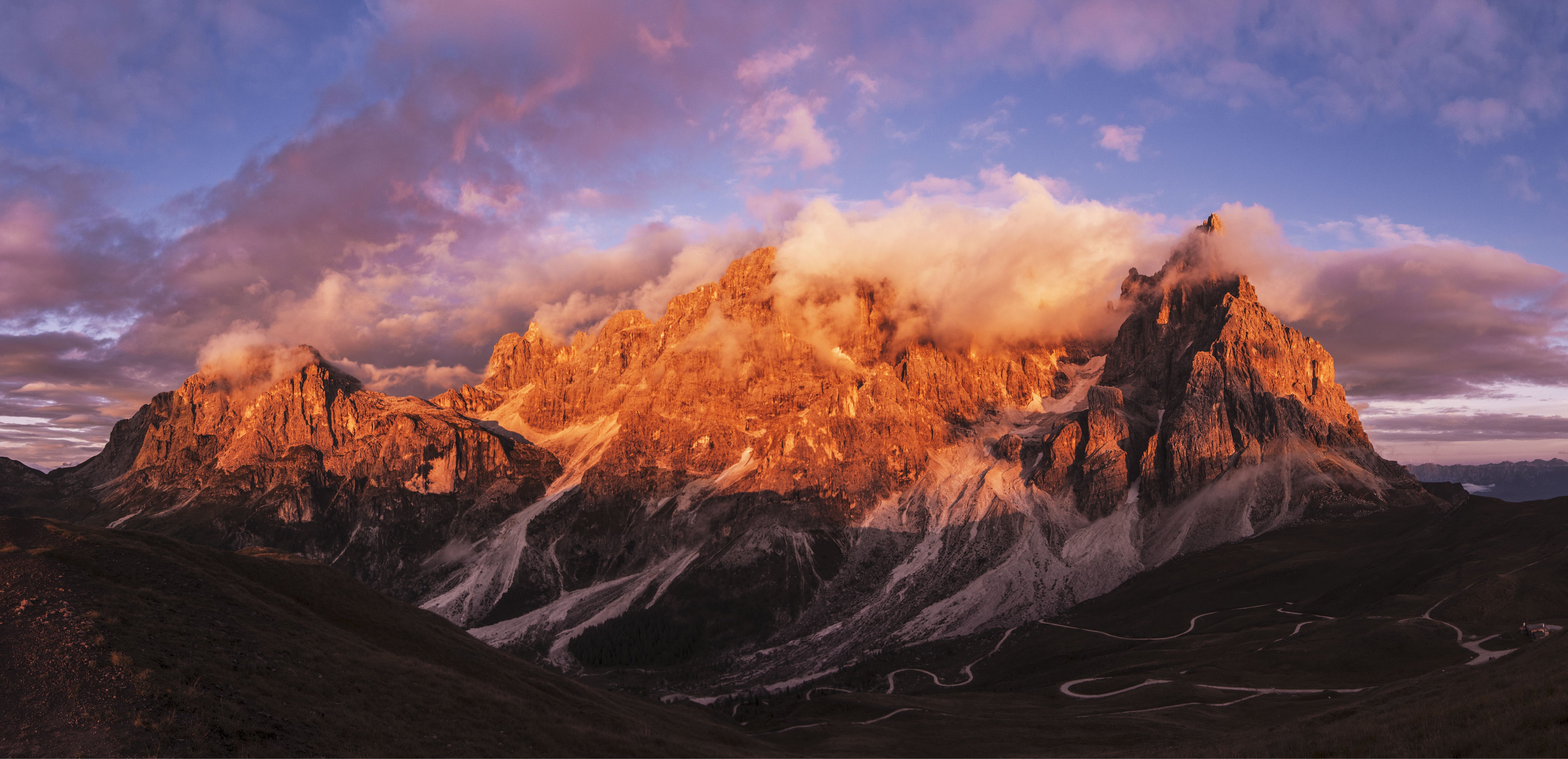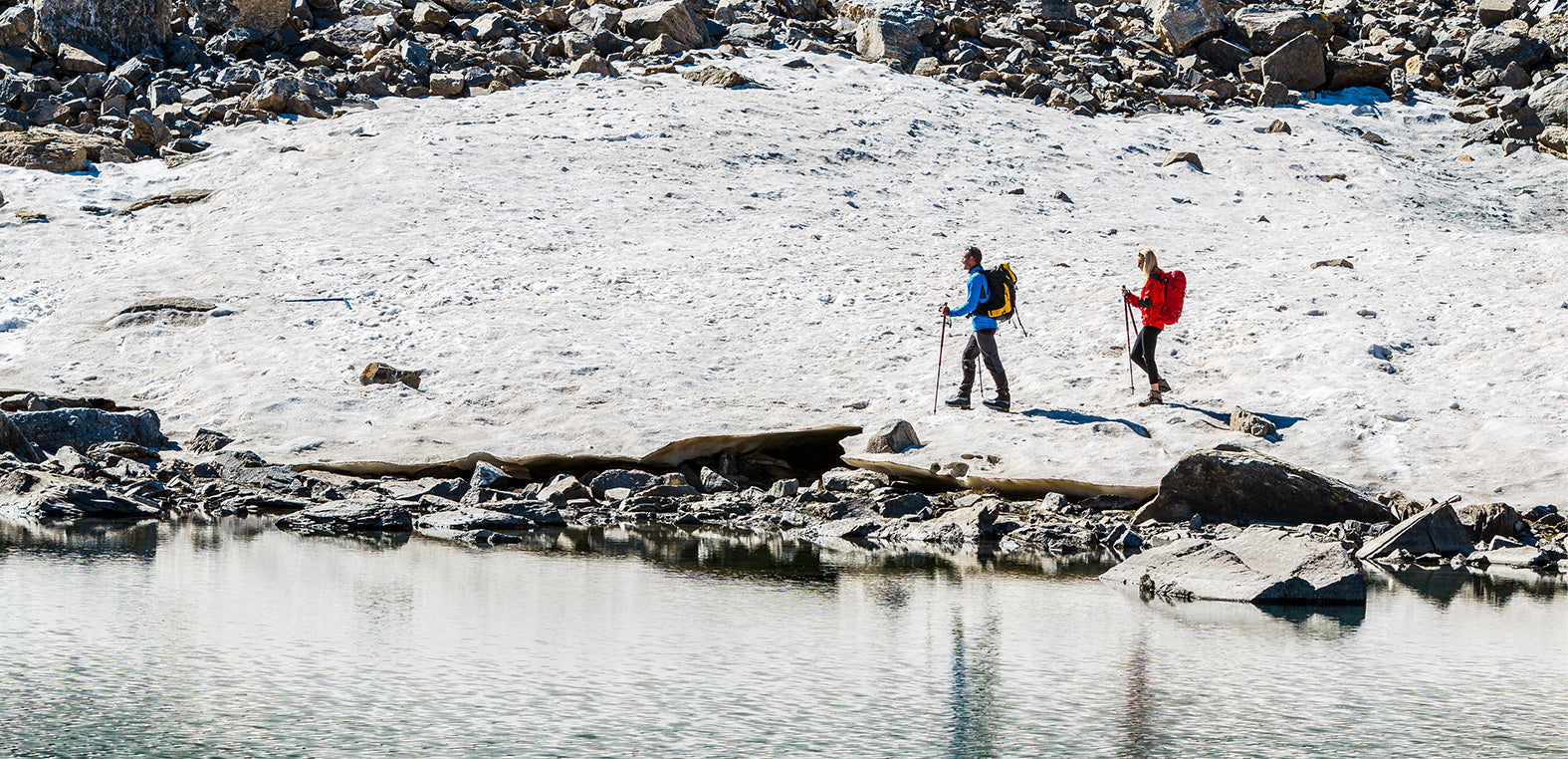
Our relationship with nature: from protected areas to rewilding - by Marco Grasso
Published on 16/07/2021
The way we relate to nature and the planet tells a lot about how we define ourselves, both personally and collectively, about our ways of associating to a particular environment that we are part of. The history of the various approaches developed to protect and preserve our planet is a fascinating journey where scientific, political, and moral issues mix in an inextricable way.

History gives us some clues about how humanity has become aware and taken care of the planet, its nest. It is well known that the first ‘modern’ natural park was the one inaugurated in 1872 in Yellowstone, Wyoming. ‘Modern’ here refers less to a previously unused innovative approach – it would be difficult to find a civilization that didn’t consider it vital to preserve the things that guarantee its very existence – but rather on the one hand, to a way of articulating a concern of political and cultural order and, on the other hand, to the application of the scientific knowledge available at the time to guide what today has become known as environmental policy.
The creation of parks and protected areas all over the world was the result of an emerging awareness about the importance of preserving the environment – ignoring, however, the massacre of indigenous populations perpetrated to that end – and of the willingness, almost the necessity, of people – especially of urban dwellers – of having a pristine, yet accessible, place reminiscent of the bygone times unsullied nature. A further reason was a growing interplay between the natural and social sciences aimed at understanding the natural world and, at the same time, at orienting our view of situating humans in relation to it in order to preserve both.

Protected areas became, over time, the dominant paradigm for conserving biodiversity: however, this canonic approach soon revealed its most critical aspect: the prospect of a ‘one-size-fits-all’ solution that ignored the local particularities and modalities of co-existence between human populations and the natural world. Additionally, national parks replicated the extractive objective that characterized the emerging industrial society, in so far as they were seen anthropocentrically as mere providers of amenity services to humans
Now we must take a huge leap forward in time. One hundred years later, still in the United States, concern emerged among scientists and environmentalists. The strategy of building protected areas, though valid and necessary, was not enough to ensure the survival of existing biodiversity or to reverse and recover wilderness from the devastating effects of urban expansion and of the patterns of growth demanded by the dominant relentless industrial and extractivist economic model. In the late 1970s, a botanist and journalist from the University of Wisconsin named William Jordan defined, and christened, a new conservation practice, called ecological restoration – launching in 1981 the first scientific journal in the field.

Biodiversity was not just to be protected: active intervention was needed in order to create appropriate conditions for it to proliferate and expand. The interesting aspect is that ecological restoration – which would become a sub-field of applied ecology – was born as a concern of those who were directly involved in biodiversity management. The practice of ecological restoration, according to Jordan, provided the technical means for the production of a new synthesis between humans and the natural world, in that it required their active engagement in an existing ecological community. This enabled the construction of bio-cultural communities through a perspective that Jordan defined as postmodern primitivism. It maintained that it was necessary to rediscover traditional wisdom and apply it to the ethical and aesthetic conditions of current time. The social and political consequences of this ecological restoration approaches are self-evident: in the first place, the new perspective evinced that the approach of protected areas was not enough, since the pressure that these areas were suffering put them at constant risk of exploitation; in a different view, ecological restoration processes, without overlapping with environmental protection policies, also focused on endangered areas non conceived as areas warranting protection, given their scant ecological relevance; by working with the consequences of humans and their activities, ecological restoration processes additionally assume a pedagogical role, that of producing new relations between humans and non-humans.

And here we come to what could be defined as the third – and so far the last – proposal to solve the double challenge of preserving and extending non-human species simultaneously with the modification of our practices and ways of interacting with them: rewilding. Instead of the active role played by humans in the two approaches outlined above, rewilding eliminates humans as agents of active intervention in the natural and biological dynamics of a given ecological community; humans are only, so to speak, instruments of passive management that should intervene to envision the formal and informal infrastructure needed to implement rewilding projects, either in the case of manifest disturbance of a given ecological community, or in specific cases of the introduction of key species for the maintenance of ecosystems. All in all, rewilding is seen as a means to reactivate ‘acceptable’ relations between humans and non-humans: it makes it possible to relearn to share spaces that bring together various species in a way that can and must be advantageous for most of them. By guaranteeing the capacity of reproduction and maintenance of local biodiversity, the aim of rewilding is that of trying to ‘contaminate’ human interactions with the non-human world, so that such interactions become a vector for socio-economic and cultural transformations of the territory. Therefore, rewilding is a progressive approach to conservation. It’s about letting nature take care of itself, enabling natural processes to shape land and sea, repair damaged ecosystems and restore degraded landscapes. Through rewilding, wildlife’s natural rhythms create wilder, more biodiverse habitats.

Once again, it is a matter of scientific formalisation, as the three approaches summarized – establishing protected areas, ecological restoration, and rewilding – have to many extents been used, even together, throughout human history. Although recently – for instance the first professorship was established only in 2020 at University of Wageningen, in the Netherlands – the concept of rewilding is nonetheless expanding rapidly. One of the places where this approach has been convincingly adopted is the Italian Central Apennines, which includes the regions of Abruzzo, Lazio and Molise. Set up within the framework of the Rewilding Europe initiative – which brings together various initiatives and is currently developing eight rewilding projects in Europe – the Central Apennines project has the general goal of transforming a problem – the abandonment of agricultural and mountain territories in the Central Apennines – into an opportunity for socio-economic development and environmental improvement. This goal is pursued through three specific objectives: creating coexistence corridors by connecting the local economy with the wilderness; boosting the Marsican brown bear population; and promoting wildlife watching.

The distinctive trait of this project is the strategic role that it gives to people in maintaining the natural richness of the region and showing its beauty. Such awareness and support of stakeholders and people are of great importance for the conservation of the Central Apennine ecosystems. The Rewilding Apennines project engages local stakeholders in order to develop new nature-based businesses and at the same time protect wildlife. In 2020, the project established a ‘Bear Fund’, which aims to identify and connect entrepreneurs who respect wildlife and are willing to develop customised products and services: this can create the basis for new nature-based economic activities, such as experiential tourism. The fund also supports the development of Bear Smart Communities by raising funds to improve bear conservation practices across the ecological corridors of the Central Apennines. In fact, the underlying assumption of the inclusivity of the project is that the more people – both local and visitors – are engaged in rewilding initiatives – through communication, meetings, fieldwork – the more effective and accepted such initiatives are.

Marco Grasso is Professor of Economic and Political Geography at the Università of Milan-Bicocca. His research interests include international environmental policy and climate change governance. He currently works on a project on the role of the fossil fuel industry in climate change and the decarbonisation of energy systems.


